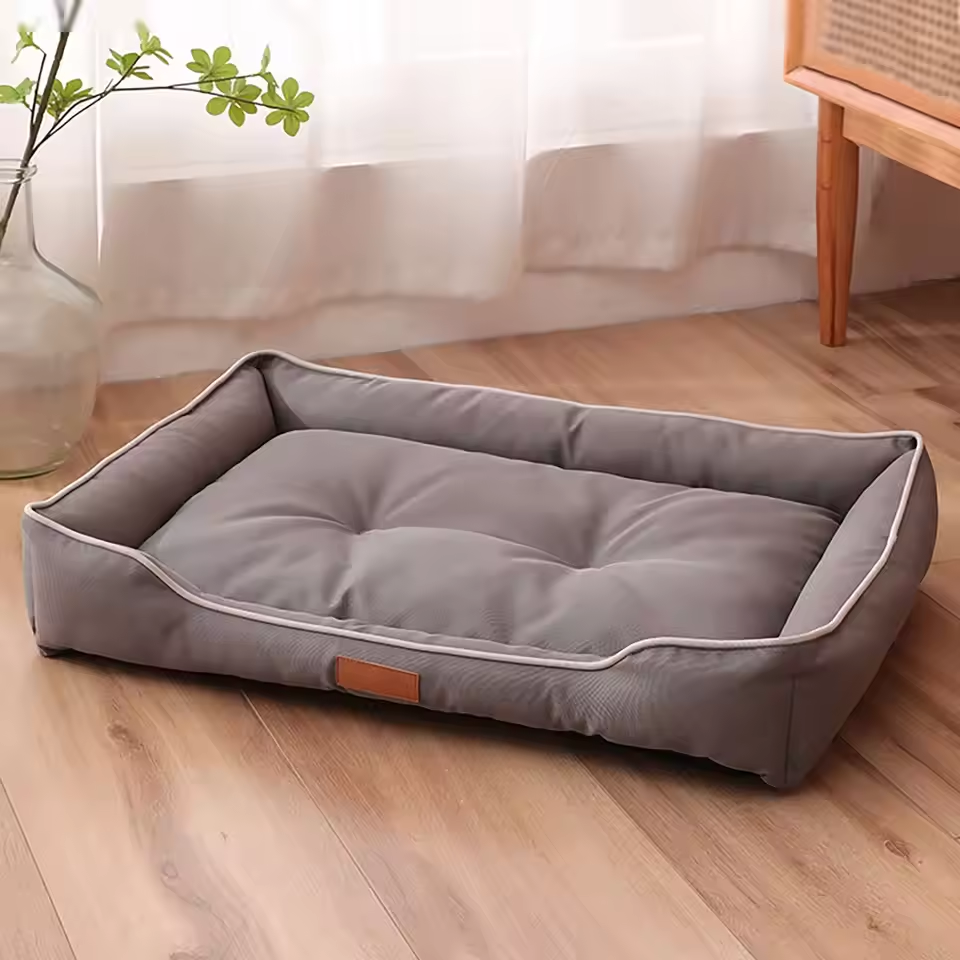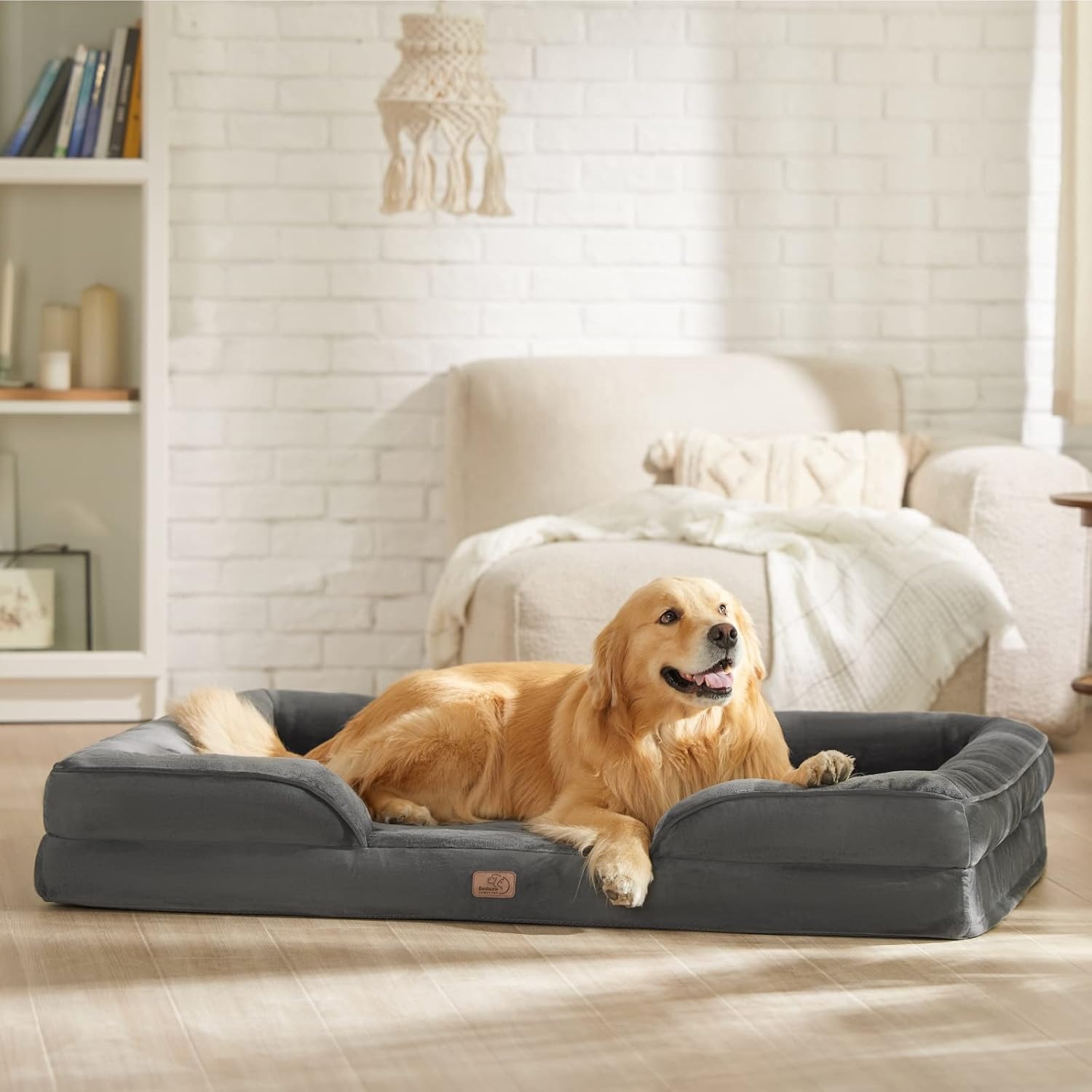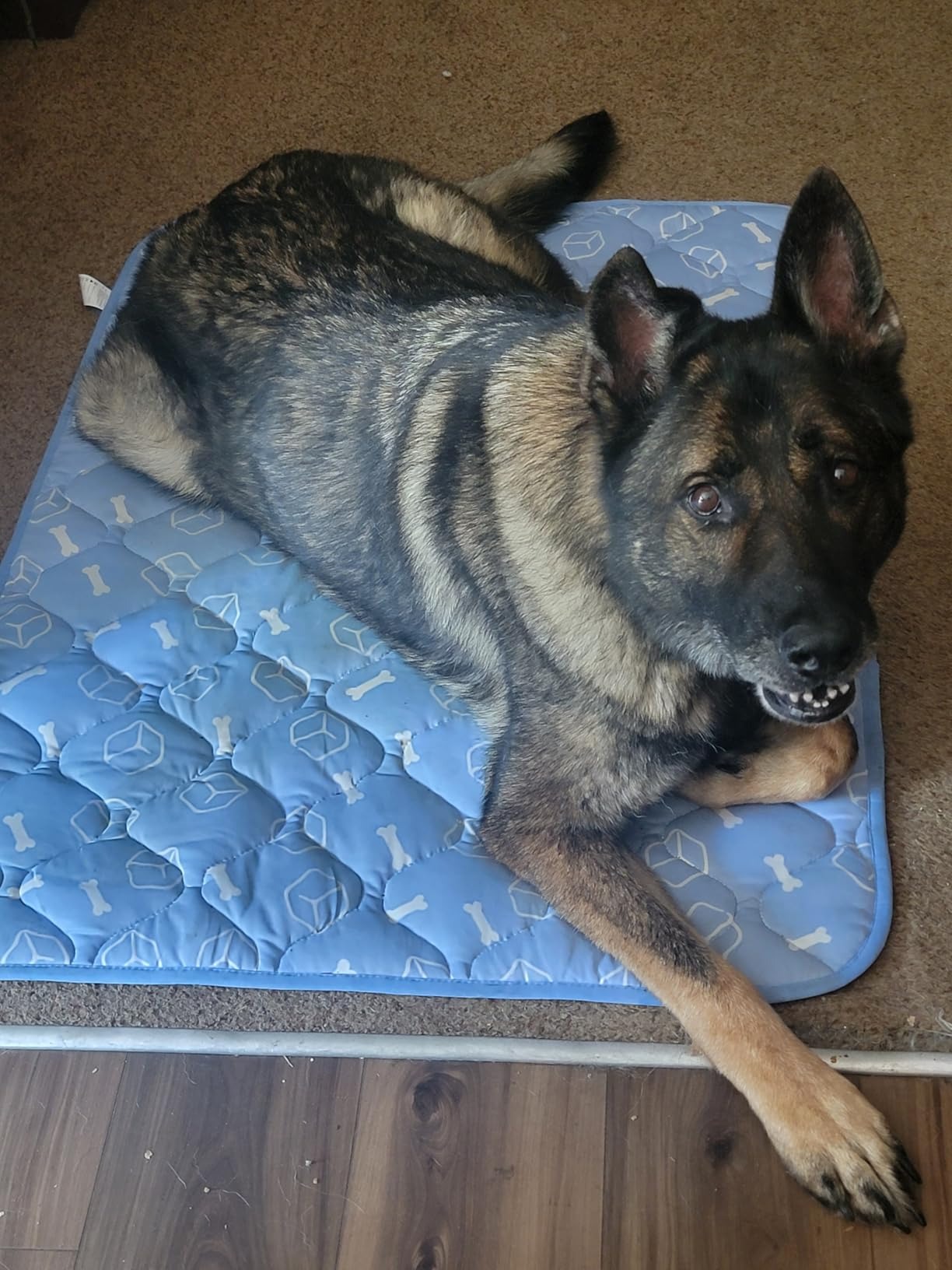Keeping pets off furniture can be a daunting task for many pet owners. The cozy warmth of your couch or the plush feel of your bed can be too inviting for our furry friends, leading them to claim these spaces as their own. However, understanding how to keep pets off furniture is essential not only for maintaining your home but also for ensuring that your pets understand boundaries. Here are some effective strategies you can implement to keep your beloved pets at bay and create a harmonious living environment.
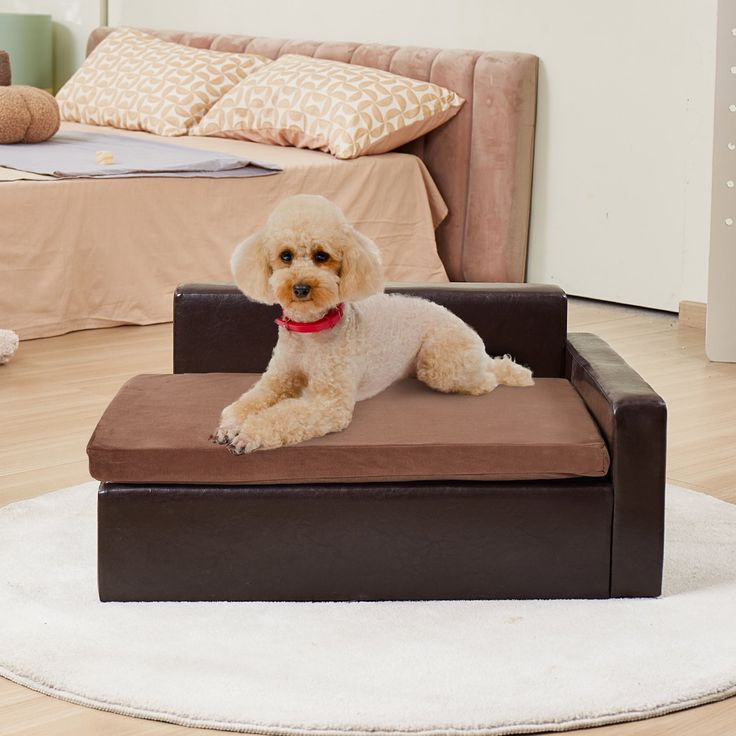
Understanding the Behavior of Your Pets
To effectively learn how to keep pets off furniture, it is crucial first to understand why they gravitate toward these areas. Pets naturally seek comfort. Furniture, with its inviting and soft surfaces, becomes a very appealing option for them. Additionally, pets are playful creatures and are often attracted to various features in our homes. Recognizing these instincts can help us develop strategies to redirect their attention elsewhere.
For instance, many pets jump on furniture to be closer to their owners. This instinctual behavior can often be managed by spending more time on the floor yourself. If you sit on the ground while watching television or reading, your pet may prefer to join you there. Alternatively, consider providing comfortable spots nearby for them to lounge, such as soft cushions or pet beds.
Understanding pet behavior requires careful observation of their preferences. Take note of their favorite sleeping spots and see how you can replicate that warmth and comfort elsewhere. You may discover that they love the heat from sunlight streaming through a window. By creating a cozy environment with pet beds placed in sunlit areas, you can make it a lot more appealing for them to stay off your furniture.
Setting Up Boundaries
A crucial part of learning how to keep pets off furniture is establishing clear boundaries. It is essential to define specific areas where your pets are allowed to roam. This means consistently enforcing rules regarding which spaces are off-limits. For instance, creating a visual barrier, such as a pet gate, can effectively restrict access to certain rooms. This helps pets understand that some areas are not meant for them.
Training your pets to understand these boundaries will require time and patience. However, consistency is key to ensuring they grasp the rules. Each time your pet approaches the forbidden area, use gentle but firm verbal commands like “off” or “no.” When they respond to these commands, be sure to reward them with a treat. This positive reinforcement helps them associate moving away from the furniture with praise and rewards, making this behavior more habitual over time.
It is also important to ensure that everyone in the household is on the same page about these boundaries. Consistent reinforcement of the rules by all family members can make a significant difference in how effectively your pets learn to follow the established guidelines.
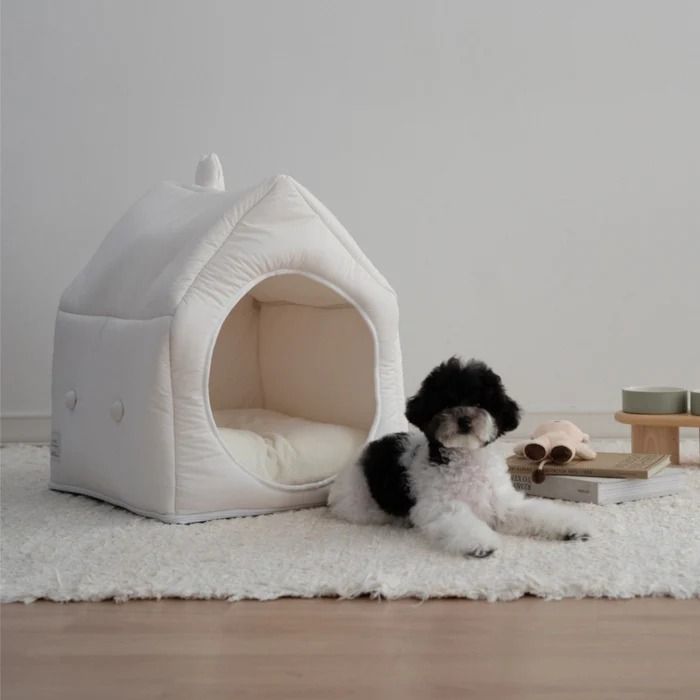
Providing Alternative Spaces
When considering how to keep pets off furniture, offering appealing alternatives is a smart and effective strategy. One of the first steps is to create designated pet areas with comfortable options that entice them away from your sofas and beds. For example, choose a cozy pet bed and add soft, fluffy blankets. Placing this setup in a sunny corner of the room can encourage your pets to relax in their special spot. The warm sunlight will make it even more inviting for them.
Additionally, think about purchasing pet-approved furniture that caters specifically to your pets’ needs. Some pet owners have found great success with low-profile pet lounges that mimic the look and feel of their own furniture. These lounges provide a cozy space where pets can feel luxurious without the risk of letting them onto human furniture. This type of setup can be especially effective for small breeds. They may often feel isolated if their lounging options do not resemble those available to the humans in the home.
By providing alternative spaces, you can create a more harmonious environment for both you and your pets. This helps keep your furniture off-limits while ensuring your pets still have their special spots to enjoy.
Deterrents and Scents
Utilizing deterrents is another proven method when considering how to keep pets off furniture. Pets are sensitive to various scents, and strong smells can deter them from specific areas. Consider using citrus scents or vinegar around your furniture, as many pets dislike these odors. Additionally, physical deterrents such as pet-safe mats or aluminum foil can be placed on furniture to create a texture that pets find uninviting, encouraging them to find more suitable spots.
Moreover, consider using motion-activated devices that make noise, like cans that rattle when disturbed. The unexpected sound when they approach the furniture can startle them, helping to create an aversion to the area. Remember to be gentle and humane with your methods—avoid any form of punishment that could harm your pet or damage your relationship with them.
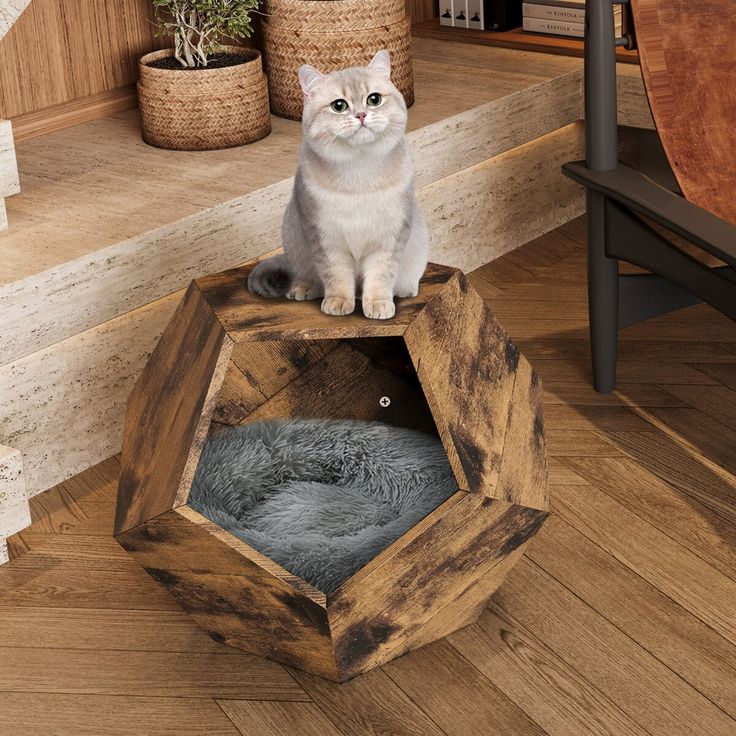
Training Commands
Another effective method in learning how to keep pets off furniture is through obedience training. Training your pets to respond to basic commands can be incredibly effective in managing their behavior. For instance, teaching your pet commands like “down” or “back” can help you directly instruct them when they attempt to jump onto your furniture. This proactive approach allows you to communicate clear boundaries.
During training sessions, it is important to use plenty of positive reinforcement. When your dog or cat successfully follows your command and stays off the furniture, make sure to praise them enthusiastically. You can offer a treat as a reward to reinforce the positive behavior. This immediate feedback helps your pet associate good behavior with rewards, which encourages them to repeat it in the future.
Practicing these commands consistently can help engrain them deeply into your pet’s habits. Over time, you will find that your pets comply more naturally with your requests. Remember to keep training sessions short and engaging. This helps maintain your pet’s enthusiasm and focus. A cheerful and positive atmosphere during training will lead to better outcomes, making learning enjoyable for them.
Making the Furniture Unattractive
By changing the appeal of your furniture, you can learn how to keep pets off furniture effectively. For instance, you can place items on seats that prevent pets from curling up, such as using decorative pillows or even placing a blanket that is not as comfortable as their pet bed.
Moreover, you might consider using furniture covers that are easy to clean and can lessen the temptation for pets to lounge. This way, even if they do access the furniture, it will be of less comfort to them. Keeping the furniture surfaces tidy and in a less inviting arrangement can greatly decrease the likelihood of pets making themselves at home on your couches or beds.
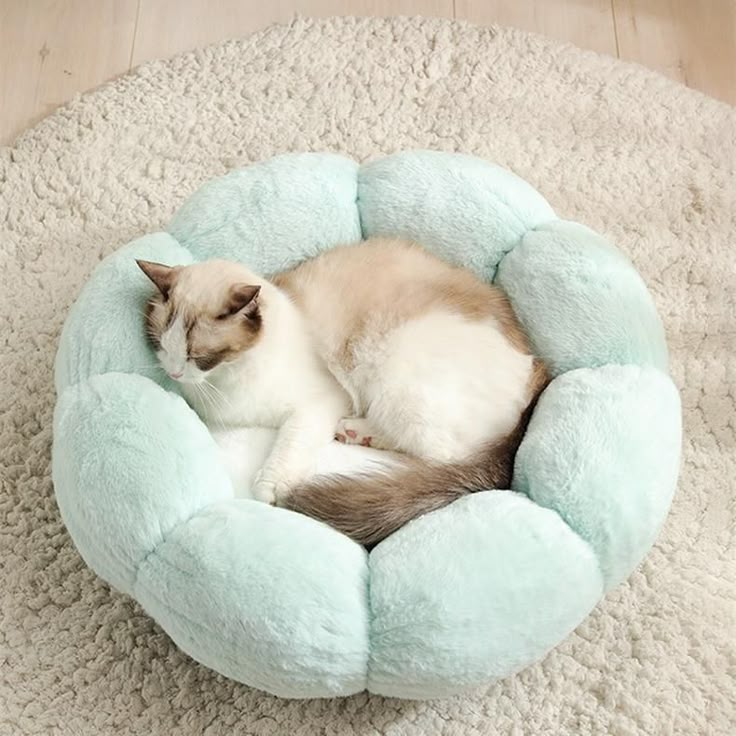
Regular Exercise and Playtime
How to keep pets off furniture can also be strongly influenced by their activity levels. Many pets have a strong desire to be active and their need for stimulation can drive them to look for comfort in your furniture. Regular exercise and active playtime can exhaust their energy and help reduce their motivation to seek out your furniture as a place to rest.
Incorporate daily walks for your dog or interactive play sessions for your cat, utilizing toys that engage their hunting and chasing instincts. After a good play session, your pets may be more inclined to stay on the floor or return to their designated sleeping areas, making it easier to keep them off your furniture.
Engaging with Professional Help
If you find it challenging to control your pets’ behavior, you might need to consider seeking help from a professional pet trainer. Trainers can offer invaluable insight into correcting unwanted habits using specialized techniques tailored for your pet’s breed and temperament.
Classes can also be beneficial, as they offer socialisation opportunities that help your pets learn boundaries in a controlled environment with other animals. Be open to adjustments in your approach. Professional trainers can assess your unique situation and create a personalized plan that focuses on effectively integrating boundaries.
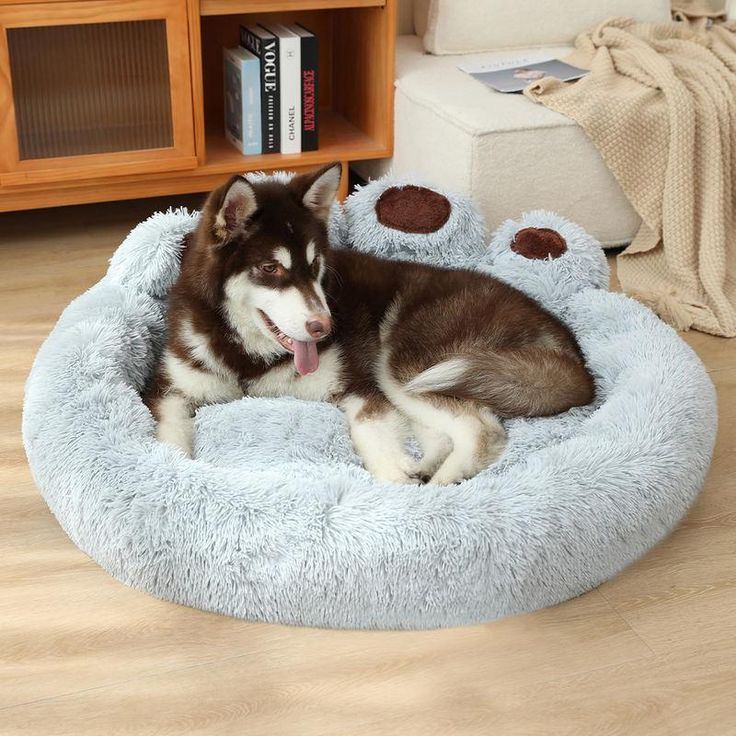
Consistency and Patience
Rome wasn’t built in a day, and neither will your endeavor to keep pets off furniture happen overnight. Remember, successful training requires consistency and patience. Be prepared to reinforce your strategies persistently while allowing enough time for your pets to adapt. Consistent reinforcement of boundaries, commands, and alternatives is paramount for long-term success.
Ultimately, it’s essential to maintain a loving and supportive atmosphere that prioritizes your pet’s comfort while also protecting your home. Celebrating their successes, no matter how small, fosters an environment of positive reinforcement. This approach helps your pets feel acknowledged for choosing their designated spaces over the furniture.
Stay committed to the course. Over time, you will see the fruits of your labor as your pets learn to respect the boundaries set, responding positively to all your efforts in teaching them how to keep pets off furniture!





